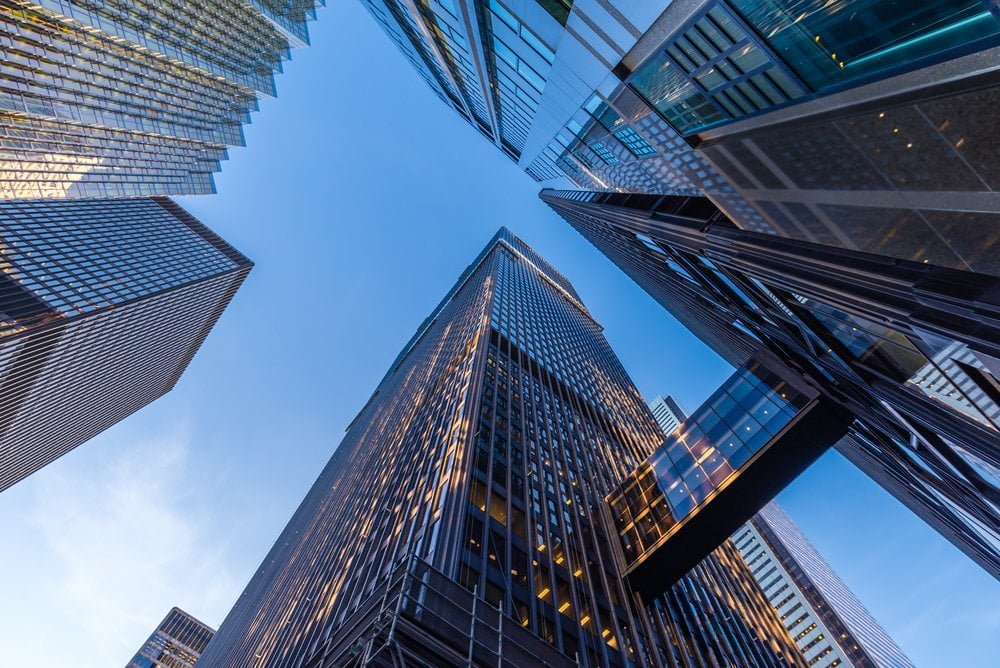
The engineers responsible for the revitalisation of New Epping’s unique site conditions have declared the project “world-leading”, as Riverlee prepares to launch two new commercial buildings within the $2 billion mixed-use project.
Built on 51 hectares of dormant land, a portion of which was once a quarry and later a landfill, New Epping is being mindfully planned to restore the site’s natural wonder, reflecting Riverlee’s commitment to sustainability and creating connection between people and the environment.
New Epping will provide much-needed housing, employment and commercial investment to transform a dormant site into the largest healthcare hub in Melbourne’s north. To provide this critical infrastructure, engineers have overcome highly challenging ground conditions.

New Epping Civic Heart
Core Environmental Projects technical director James Lucas is an environmental engineer who consulted on the building design in Stage 1 of New Epping. He says the scale of the project and the unique site conditions make it unparalleled to anything currently in development in Australia.
“New Epping is a world-leading project in a rapidly evolving space focussed on the regeneration of land.
The industry has taken the lessons learned nationally and internationally over the last 10 years and developed innovative solutions, that are adapted to Australian conditions, to allow multi-storey buildings to be built on former landfills,” he says.
“What’s happening at New Epping is groundbreaking territory supported by established science.”
In order to guarantee the highest degree of environmental stewardship and revitalisation at New Epping, Riverlee has conducted extensive testing and monitoring to support an independent auditing process with oversight by the Environmental Protection Authority.
Helia EHS general manager Jeremy Newstead was engaged by Riverlee at the commencement of the project to support this process. He says the developer has gone above and beyond in the revitalisation of the site.
“All sites have challenges based on what they’re building on top of, and there are always tried and tested technical solutions to support the design response,” he says.
“Although there’s waste between the surface and founding depths, New Epping is built on competent basalt rock, so this project is very structurally safe. This project is awesome — it’s amazing to see the scale of the site revitalisation and the transformation of a former industrial site into an impressive development.”

New Epping Quarry Lake.
Testing showed that the landfill sits beneath a two to four metre clay cap, and with strict building controls above there is no way for people to come in contact with it, meaning there are very low risks associated with building on top of it.
Buildings at New Epping are reinforced by venting systems of robust membranes and 250mm concrete slabs that ensure the continued health and safety of residents.
Riverlee development director David Lee says while the site conditions are complex, the unrecognised opportunity and its high social and environmental value compelled Riverlee to take on the project.
“This site was twice-used and consumed before — it was quarried, then filled, and presumed lost. When we came across the site, we saw its unrecognised potential to be re-used and regenerated,” he says.
“This is a true urban renewal and regeneration story. It will drastically improve the local environment while also creating a community that will redefine the area in terms of urban experience and wellness.
“New Epping will set a new standard in how we regenerate infill sites and integrate mixed-use sites into the broader community.”
Above the ground, work is underway to bring the vision of this community to life. Once operational, New Epping’s residential community will be net zero in operation, maximising renewable energy generation and storage while eliminating operational carbon.
Commercial buildings have been designed to maximise sunlight, fresh air, and a connection to nature for workers while maximising health and sustainability outcomes.
A dedicated conservation strategy is focused on protecting the site’s native flora and fauna, which includes the construction of a conservation habitat for endangered species, the planting of 200,000 plants in Edgars Creek, and a potable water usage reduction target of 30 per cent.
In 2024, further site works will begin to restore Edgars Creek, including the conservation of the endangered growling grass frog species.














